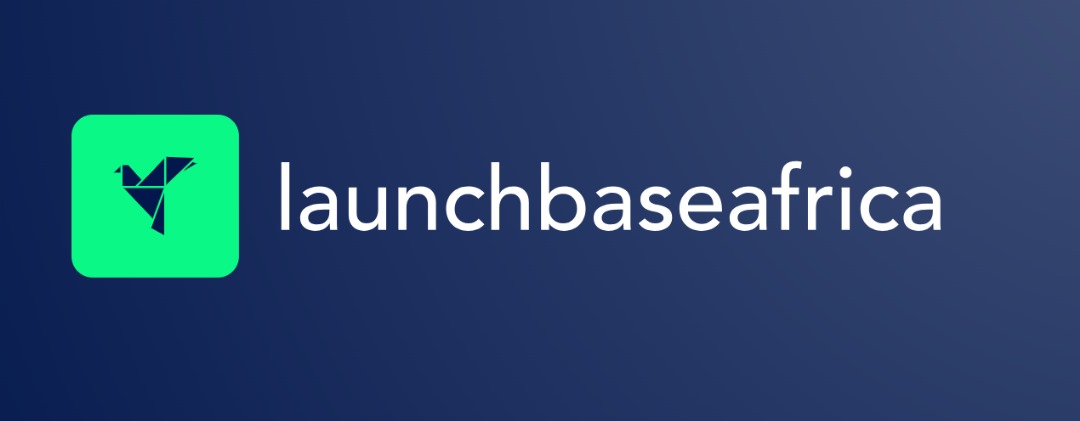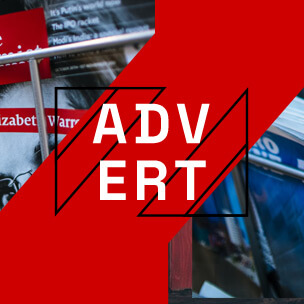Nine months after the abrupt dismantling of key US development finance initiatives, the African tech ecosystem is presenting a deeply contradictory picture.
In Nairobi, insolvency notices started piling up in the Official Gazette, claiming a string of once-promising, venture-backed startups. Yet, at the same time, continent-wide funding data from October shows 2025 has already surpassed 2024’s total haul, driven by nine-figure mega-deals and continued heavy backing from US and European private investors.
The fear of a funding vacuum left by the shuttering of USAID’s Prosper Africa initiative — a crucial dealmaker and backer — was real. But nine months on, the reality is not a simple collapse. Instead, the ecosystem has bifurcated: a brutal reckoning is underway for early-stage, impact-focused ventures, while late-stage, high-growth “winners” are attracting more capital than ever.
The Funding Hole and the ‘Insolvency League’
The shock came in February when the US administration pulled nearly all USAID workers from the field, effectively ending Prosper Africa. This six-year-old initiative was more than just a funder; it was a vital deal facilitator connecting US capital to African startups.
Its demise, alongside a simultaneous $51 million budget cut to the US Africa Development Foundation (USADF), ripped a specific type of capital out of the market: early-stage, high-risk, catalytic-grant funding.
The fallout is now visible in Kenya’s “insolvency league.”
- SolarNow Services (K) Limited, once a celebrated off-grid solar provider with over $29 million in funding, is in voluntary liquidation.
- Medsource, a pharmaceutical procurement platform, folded after its grant funding evaporated.
- Lipa Later, a buy-now-pay-later (BNPL) startup, SureChill Africa (off-grid cooling), and Kune Foods have all joined the post-mortem lineup.
- Kenyan healthtech startup Ilara Health, which earlier this year secured a $1 million loan from the U.S. International Development Finance Corporation (DFC), has faced a bitter pill to swallow. The company announced a major operational review and restructuring that is expected to result in significant job losses just months after receiving the funding.
It’s easy to dismiss USAID and USADF as just another part of the donor alphabet soup. But for years, these organisations supplied the kind of risk capital that traditional VCs wouldn’t touch and banks wouldn’t lend. USADF data, for example, shows Kenya received nearly $17 million in direct grants for women-led SMEs and rural ventures.
That funding has now vanished, exposing the frail unit economics and grant-dependent models of many startups that were previously celebrated on “top startups to watch” lists.
OKO: Anatomy of a Post-USAID Pivot
No case study better captures this whiplash effect than that of OKO, an African insurtech providing climate insurance to smallholder farmers.
OKO was a poster child for the development-finance model. Its 2025 revenue pipeline was heavily reliant on USAID, with a flagship project in Ivory Coast and two other large contracts in the final stages.
When the US foreign aid freeze was enacted, those projects were hit with Stop Work orders. The company faced an immediate liquidity crisis.
“We survived COVID-19, we survived the war in Israel, but we might not survive Donald Trump,” said Simon Schwall, OKO’s co-founder and CEO, at the time.
The political decision in Washington had a direct and potentially fatal business impact in Bamako. But OKO’s story didn’t end there.
Forced to find alternative capital, the company scrambled. Just months after facing collapse, OKO secured a coveted spot in Visa’s Africa Fintech Accelerator. This pivot is symbolic of the entire ecosystem’s shift: a move away from reliance on public-sector development funds and a forced march toward the private sector.
Then came Catalyst Fund, the Africa-focused climate fund, which came to Oko’s rescue, alongside two of the startup’s earlier backers.OKO survived, but it was forced to diversify away from the politically volatile world of government aid and into the arms of a US-based corporate giant and investors.
The Billion-Dollar Counter-Narrative
While the likes of OKO were scrambling and Kenyan startups were folding, the continent’s top-line funding numbers told a different story.
In October, African startups raised $392 million, pushing the year-to-date total to $2.732 billion. This confirms that, just 10 months in, 2025 has already surpassed the entire funding raised in 2024 ($2.2 billion).
Crucially, the investor lists for these deals directly challenge the “US withdrawal” narrative. US-based investors remain one of the most active on the continent. Prominent names writing cheques included Visa, Google, Techstars, and Y Combinator, alongside European DFIs and VCs.
The US government may have pulled back, but US private capital is doubling down.
Analysis: A Tale of Two Ecosystems
These two realities — a wave of insolvencies and a boom in mega-deals — are not contradictory. They are two sides of the same coin.
The USAID and USADF shutdown did not kill the entire ecosystem; it killed a part of it. It removed the safety net for early-stage, high-risk, and impact-first ventures, particularly in capital-intensive sectors like agritech and logistics. The startups now collapsing (Medsource, SureChill) are precisely the ones development finance was designed to support.
Private VCs, meanwhile, are conducting a “flight to quality.” They are consolidating their capital behind proven, late-stage winners in scalable, high-margin sectors like fintech (Moniepoint) and e-mobility (Spiro).
Nine months after the USAID shock, the African tech ecosystem is not dead, but it is fundamentally changed. It is a more brutal, less patient market. The gap left by Prosper Africa — in early-stage catalytic capital and deal-making — remains unfilled. The logos disappearing from Nairobi’s co-working spaces and the celebratory nine-figure deal announcements are, in fact, the same story: a great bifurcation of African tech.


